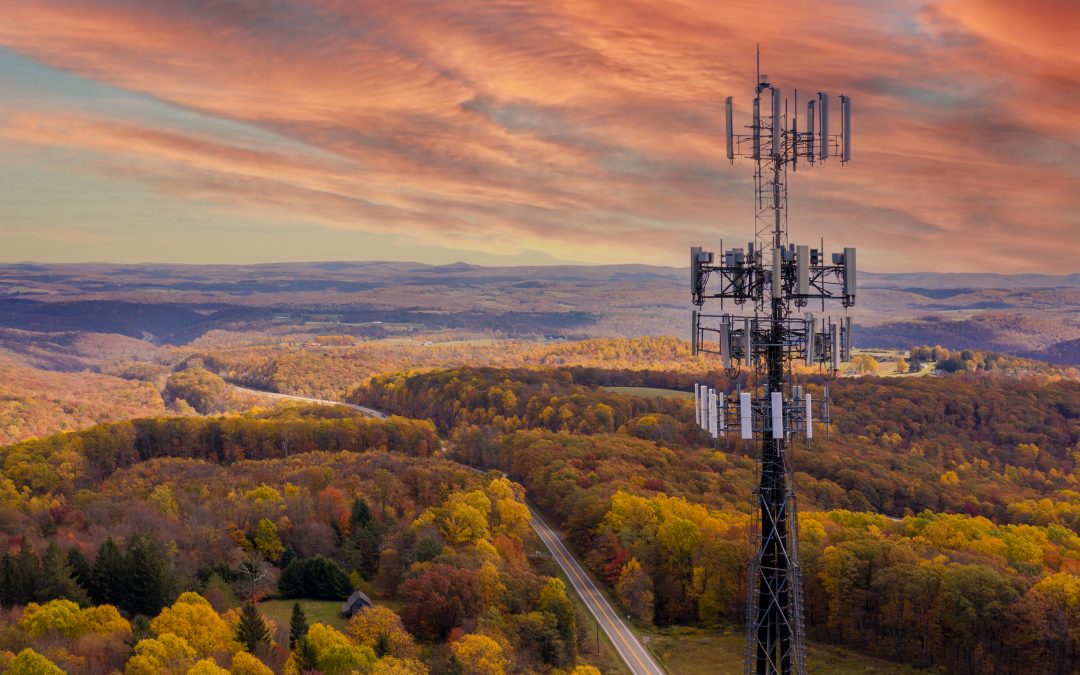Image: Shutterstock
Yet another government report detailing bad things that will happen because of our foolish over reliance on GPS for timing.
We understand, by the way, that in the terms of this report a “long lasting” GPS outage would be “24 hours.”
Government and industry reports about these kinds of problems have been around for twenty years. The 2001 Volpe Center report forecast all the problems we are seeing now, including Russia trying to hold the US hostage with threats to shoot down GPS.
We are sometimes reminded of the movie “Cool Hand Luke.” In it, the prison camp boss, played by Strother Martin, tells a wise guy prisoner, played by Paul Newman, “What we have here, is failure to communicate.”
Communication requires two parties, though, a sender and a receiver. In this case the engineers and technologists have been sending for twenty years, but corporate and government leaders have not been receiving.
What’s it gonna take to get them to listen?

An Evaluation of Dependencies of
Critical Infrastructure
Timing Systems on the
Global Positioning System (GPS)
Starting on page 48:
The impact of a long lasting, widespread GPS outage on mobile phone networks would likely be
staggering, due to the large number of GPSDCs in use. The number of GPSDCs employed in U. S. mobile
phone networks already numbers in the hundreds of thousands and may increase dramatically as 5G
coverage improves. Mobile phone providers install their BTS equipment at shared cellular sites that are
typically located on towers or rooftop platforms, but they do not share equipment. Therefore, a quick
glance at any cellular site usually reveals multiple GPS antennas, which either indicates multiple
providers or multiple systems operated by the same provider that each require synchronization. CTIA, a
trade association that represents the wireless communications industry in the U. S., estimates that 349,344
cell sites were operational in 2018 [125]. Following the plausible assumption that on average at least one,
and not more than three GPSDCs are located at each site, results in an estimate of 350,000 to 1 million
devices now in service. A widespread rollout of 5G sites is now underway to meet the strong demand for
faster data transfer. The 5G rollout involves “small cell” or “micro sites” that cover a limited geographic
area and more sites will be needed to provide the necessary coverage. Some analysts predict that the
number of cellular sites will triple or quadruple within a few years [126, 127], with perhaps a
corresponding increase in the number of GPSDCs.


